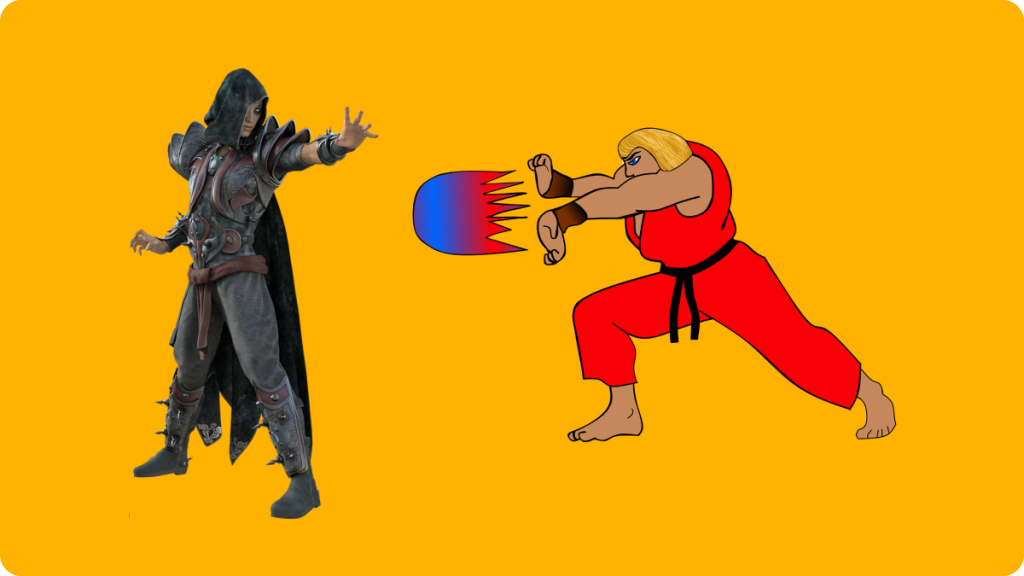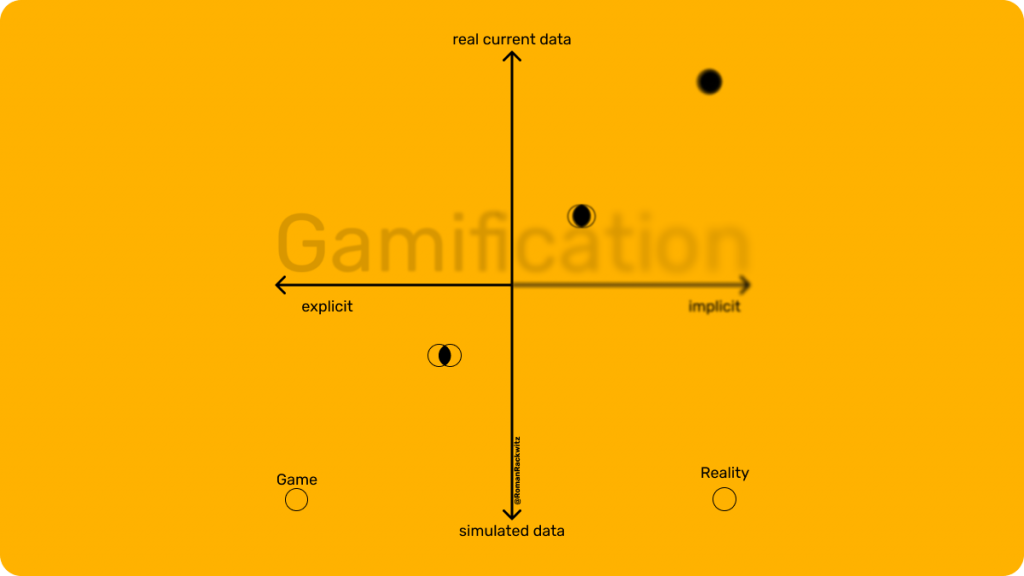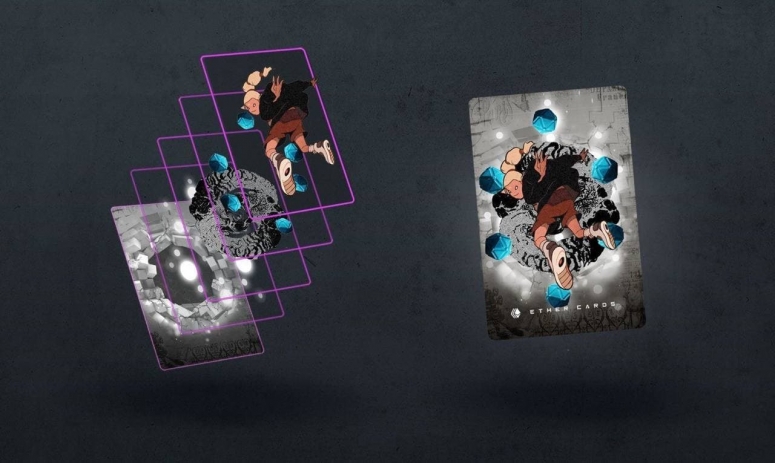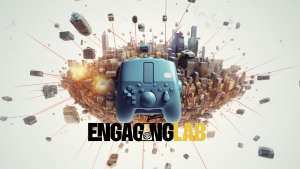Prerequisite knowledge
In a recent post, I explained in more detail why I’m bullish on the topic of gamification combined with NFTs. I am fascinated by the topic of gamifying NFTs as well as using NFTs for gamification. If you will, I distinguish between gamified NFTs and NiFTed Gamification. I will write about the difference and the respective advantages in a future post.
But now my point is to explain what can make NFTs, from my personal and subjective opinion, so valuable for gamification.
When you talk about gamification, it always ends up being somehow about an intrinsically motivating experience for an individual person. The time component plays a weighty role here.
I am convinced that gamification is primarily about offering the user a journey that unfolds over time in front of him. Especially due to his personal decisions and achievements during the journey.
Why is that? I mean, look at everything that humanity (or even better you yourself) likes to do voluntarily if you are really allowed to do what you want. In all likelihood, your activity will then fall under one of the major categories such as play, sport, music, or hobby. You usually perform these for the sake of performing them. You play for the sake of playing, etc.
This is what defines intrinsic motivation. You want to do it of your own accord and not because you are offered a reward or compensation at the end.
The little secret behind play?
But then what is it that we find so fascinating about play, sports, music, or hobbies?
My opinion: it’s mastering challenges for which we have to get better, only to face the next even more challenging task. Looking forward we know we can still get better, and by looking back we find satisfaction in the path we’ve mastered to the present.

Thus, there is a common past with the activity, which also indirectly determines the future or the further tasks. Even though this applies more or less to all of the intrinsically motivated categories mentioned, it can be explained most vividly in the example of video games: Here we have something like an avatar or a personal dashboard that acts as a protocol system. It stores all our past activities, our available resources, our skills, our affiliations, our mistakes, and our victories. It is thus the embodiment of our actions with all the consequences within the game. It is our digital proxy, our interface between our real body and the digital world.
This is definitely true in an explicit game. That is, where you play consciously. But if we are talking about Gamification, there is not just the explicit orientation (serious games, game-based learning, simulation, and so on) as Gamification also has an implicit side. Here, it is about using knowledge about game mechanics, about behavioral psychology of and, in particular, game psychology to improve situations outside the classic game context in such a way that one experiences a similar motivating satisfaction as one is used to from activities such as games, sports, music, and hobbies.

The role of NFTs for Gamification
So we know that an avatar is both the interface and the (visualized) protocol between the player and his game.
This feature makes it possible to play a game over a long period of time because it allows you to accumulate skills and resources over time that are connected to your digitalized version, the avatar. And that, in turn, provides advantages when it comes to important psychological dynamics in player retention. Dynamics such as the IKEA effect, the Endowment effect, the attachment effect, and more. I will write about the exact workings of these psychological dynamics separately.
Since we also use gamification implicitly, i.e. in the real world such as in the workplace, in further education, or even in customer retention, a feature like an avatar would be a helpful tool here as well. And this is exactly where it gets exciting with the NFT.
Due to its distinctive uniqueness, as well as the possible anonymity of its owner, native transferability between blockchain-based services, its tradability, transparent history, and more, an NFT virtually pushes itself as a possible candidate for the proxy avatar, even in implicit gamification applications. Not to mention explicit applications.
If there is one thing that has run through all the gamification projects we have developed and implemented for organizations over the past nearly 12 years, it is the absolute necessity of a personal dashboard for each individual user.
This dashboard provides clarity on the status quo of personal performance in the context of a chosen activity. At the same time, it supports the user to make more conscious decisions and to better assess himself in the face of challenges.
How such a dashboard can look like is left to the creativity of the designer. In fact, there are hardly any limits. A format of such a dashboard can also be represented by a figure or an avatar. Or, and this is probably the reason why you are sitting here and reading this, also by a person-related NFT.

So NFTs offer us, as Gamification designers, a wonderful opportunity to assign an NFT as a personal ‚dashboard‘ to each user of the scenario pretty much no matter where or what we implement Gamification.
I am very sure that in a few years it will be completely standard for people to own NFTs. Not only in the context of entertainment, but also in the context of finance and government. This development will also promote the use of NFTs as our digital twin in interaction with software and technology. We’re getting used to it. UX design for NFTs will become a new profession. Because the current demands on UX in the context of websites, app, and the like, have little to do with the characteristics of an NFT. Gamification is going to find its place here.


